LIFE IS GOING ON AROUND YOU: A short conversation and video with Adé Ben-Salahuddin about relatedness among birds, plants and humans
By Elle Rinaldi
Sign up for our monthly newsletter!
Art engaging with nature on a personal level, rather than exotically or remotely, plays a crucial role in healing human connections to the planet and advancing climate justice. I believe that personally observing the natural world deepens our relationships with the land, life, each other, and ourselves. From this place, I am directing a mid-length documentary film called Look at This Bird about animal nature in humans through the lens of people who pass their time amongst birds.
This is how I met birder, biology educator, and science writer Adé Ben-Salahuddin. He is a member of the Black AF in STEM Collective, helping to plan and organize the group’s annual Black Birders Week event since 2022. He credits the group and its movement for deepening his passion for birding. I’m inspired by Adé’s relationship to the outdoors which straddles the personal and the scientific as both a sensorial practice in patience and an educational experience. He never calls for birds or disrupts their natural rhythms, and just prefers to see what he sees. In this way, passing time with the birds and plants is his rejection of the immediate sensory satisfaction we have come to expect from consuming most of our media.
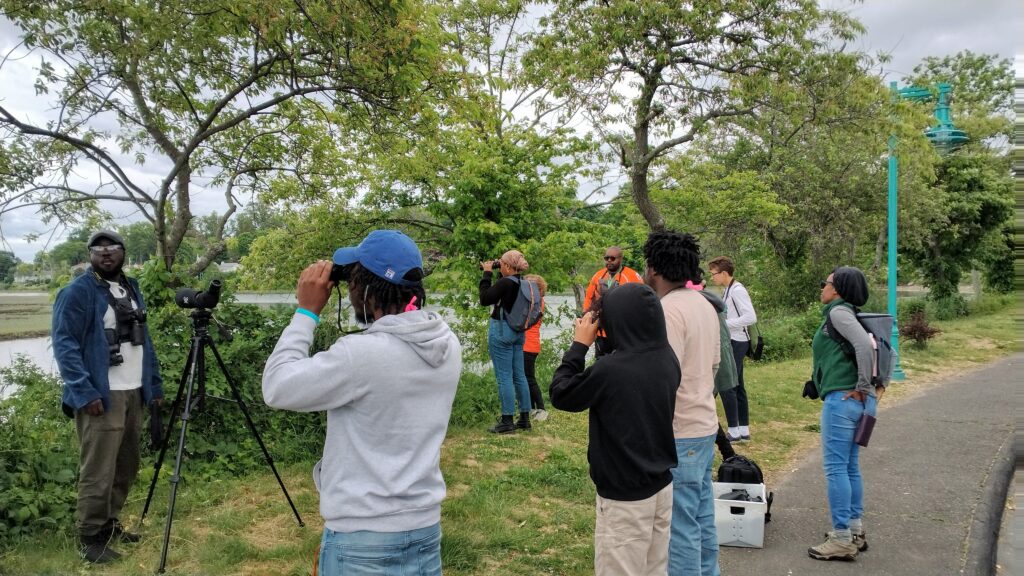
Adé redefines what it means to be an environmentalist and what “rewilding” looks like in regarding the urban environment as a robust, accessible ecosystem. He integrates birding and observing nature into his daily life—between errands, on bike rides to class—thus refusing the unrealistic fantasy that environmentalism requires leaving civilization behind. He educates the public about historically overlooked scientists of color with a clear imagination toward a diverse and accessible outdoors.
In Look at This Bird, I’ve filmed several occasions with Adé, observing moments working with BirdNote, the Christmas Day Bird Count, and personal birding outings. In a sit-down interview for WS/C Plantings, we discussed the profound relatedness between plants, birds, and humans. The following is an edited version of our conversation.
Elle Rinaldi: How do plants and birds interact, and what do they exchange?
Adé Ben-Salahuddin: Plants often depend on birds for reproduction. They’re mating with each other via pollinators. They attract hummingbirds with nectar or entice jays and orioles with their fruit. When birds consume parts of the plant and then travel, they spread pollen from flower to flower, and seeds from fruits are dispersed in their excrement, facilitating new plant growth in different locations. This process helps plants expand their range.
Conversely, birds benefit from this relationship by obtaining food and, in many cases, habitats. They find shelter, nesting materials, perches, and territorial spots. Additionally, birds enjoy the essential benefits that plants offer to all of us, such as oxygen and shade.
Can you discuss the connection between interdependency in the natural world and survival?
Certain plants have evolved to be pollinated exclusively by specific animals. In Central and South America, numerous hummingbird species compete for the same flowers, leading to coevolution where some flowers develop long tubes, and specific bird species evolve corresponding beak shapes to access them. The survival of these plants is entirely reliant on the existence of their specialized pollinators.
When a key element in this relationship is disrupted, such as the extinction or migration of a species, it has cascading effects on the entire ecosystem. For instance, the extinction of elephant birds in Madagascar—colossal flightless birds that recently went extinct—has contributed to habitat shifts and reduced forested areas. Elephant bird morphologies tell us they ate mostly fruit. They played a crucial role in local seed dispersal, and their absence has led to a decline in certain tree populations, impacting the habitats of lemurs and other birds.
The removal of a keystone species, especially one closely tied to a particular plant, creates a domino effect throughout the ecosystem. In Madagascar, remnants of extinct organisms influence the behaviors of present-day animals. Large lemurs, for example, retain an instinctual fear of eagles, despite the absence of large lemur-hunting eagles today. This illustrates how interconnected species develop dependencies, and the removal of one element can reverberate across the entire ecosystem, leaving visible gaps in the web of life.
Could you speak specifically to how the biodiversity of plants and birds are related?
The most famous and well-known example is Darwin’s Finches on the Galapagos Islands. Darwin observed that these birds evolved different beak shapes based on the variety of seeds available on the island, showcasing how plants influenced bird evolution. In Central and South America, numerous hummingbird species have co-evolved with specific plants, forming exclusive relationships where certain plants only feed one particular hummingbird species.
Interestingly, this phenomenon extends beyond hummingbirds. In regions without hummingbirds, other bird families, like sunbirds and honeycreepers, have evolved similar characteristics, such as long, skinny beaks and vibrant colors, to establish comparable relationships with local plants. This convergent coevolution occurs across continents and unrelated bird and plant families, emphasizing the widespread nature of these interdependencies.
The existence of such relationships in various regions and among different groups of animals underscores the fundamental aspect of interdependency between birds and plants, showcasing the strength and frequency of these connections.
What can the diversity of birds teach us about the diversity of humans?
Examining bird diversity highlights the importance of appreciating relatedness and recognizing the richness within apparent similarities. Birds share conservative body plans and morphological features, such as being two-legged with feathers and hollow bones, which has contributed to their success. Yet, their adaptability and diverse behaviors showcase the spectrum of possibilities within a relatively conservative framework.
Drawing a parallel to human diversity, even though humans belong to one species with relatively low genetic diversity compared to other species, we express ourselves in myriad ways. Much like different bird species coexisting and depending on one another in various ecosystems, human diversity underscores the interconnectedness and codependency we should foster with each other. Just as birds have adapted to diverse environments and behaviors within a shared framework, human diversity reflects a range of expressions and interrelationships that contribute to the richness of our collective experience.
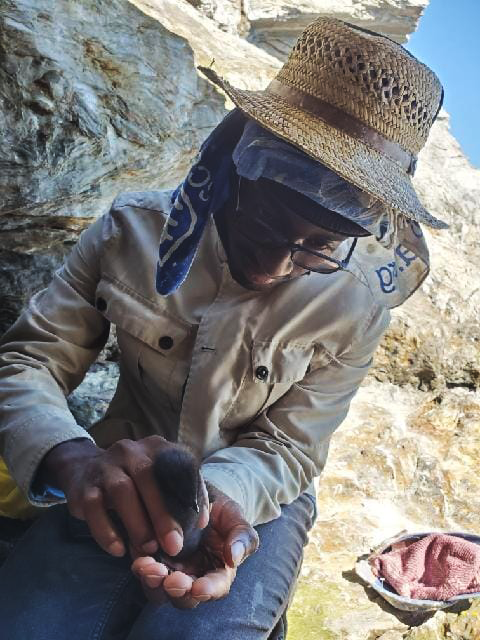
Why is it valuable for humans, individual people, to try and expand their understanding of nature and animals and plants and humans to include this expanded interdependency?
Challenging the notion of human separation from nature is crucial, as even those who perceive themselves as removed still impact the environment collectively. The belief in human superiority over nature, often rooted in historical colonialism and imperialism, is a misconception. Acknowledging our status as organisms on the planet highlights our dependence on other species and the reciprocal influence we exert.
I reject the idea of being detached from nature and find solace in birding, a pastime that reconnects me with sensory observations and the natural world. This perspective shift is essential for recontextualizing our environment, including built spaces where nature persists. Whether it’s trees, grass, or even invasive plants, acknowledging the lives around us, such as pigeons on rooftops, fosters a deeper understanding of the interconnectedness of life.
Good environmentalism intersects with justice and representation. Recognizing that these are intertwined is crucial. Effective environmentalism cannot exist without considering the people impacted on the ground and understanding how societal structures shape both the environment and its inhabitants. To address environmental challenges authentically, it is imperative to involve affected communities in finding solutions and acknowledging their role in shaping a sustainable future.
Elle Rinaldi, a filmmaker and sound designer based in Durham, CT and Brooklyn, NY, has showcased directorial and sound design work at renowned festivals including DOC NYC, NFFTY, and Tribeca. Elle is currently the Digital Media and Marketing Fellow at MoMA PS1. You can read more about Look at This Bird, which is currently in production, here.
Plantings
Issue 30 – December 2023
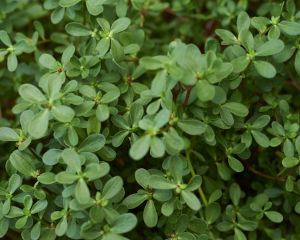
Viriditas: Musings on Magical Plants: Portulaca oleracea
By Margaux Crump
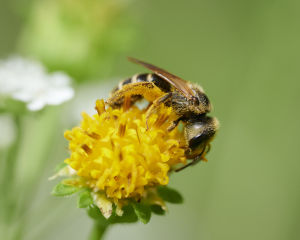
Proboscis, Pollen, and the Rapture of Interspecies Intimacy
By Jake Eshelman
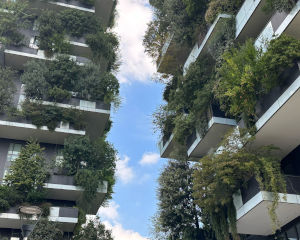
The Greening of Milan: Porta Nuova and Vertical Forest
By Gayil Nalls

Overshooting Earth’s Boundaries: An Interview with Bill Rees
By Rachel Donald
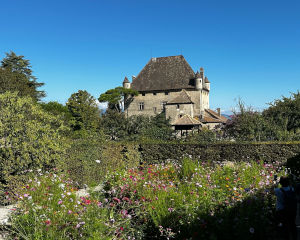
The Garden of the Five Senses
By Gayil Nalls

Eat More Plants Recipes:
Le Botaniste’s Fennel, Tomato, and Red Pepper Pasta Sauce

As Ireland transitions from the rich, smoky scent of peat-burning to a more sustainable future, its olfactory heritage is evolving. What will become the next iconic aromatic symbol of Ireland?
Click to watch the documentary trailer.


